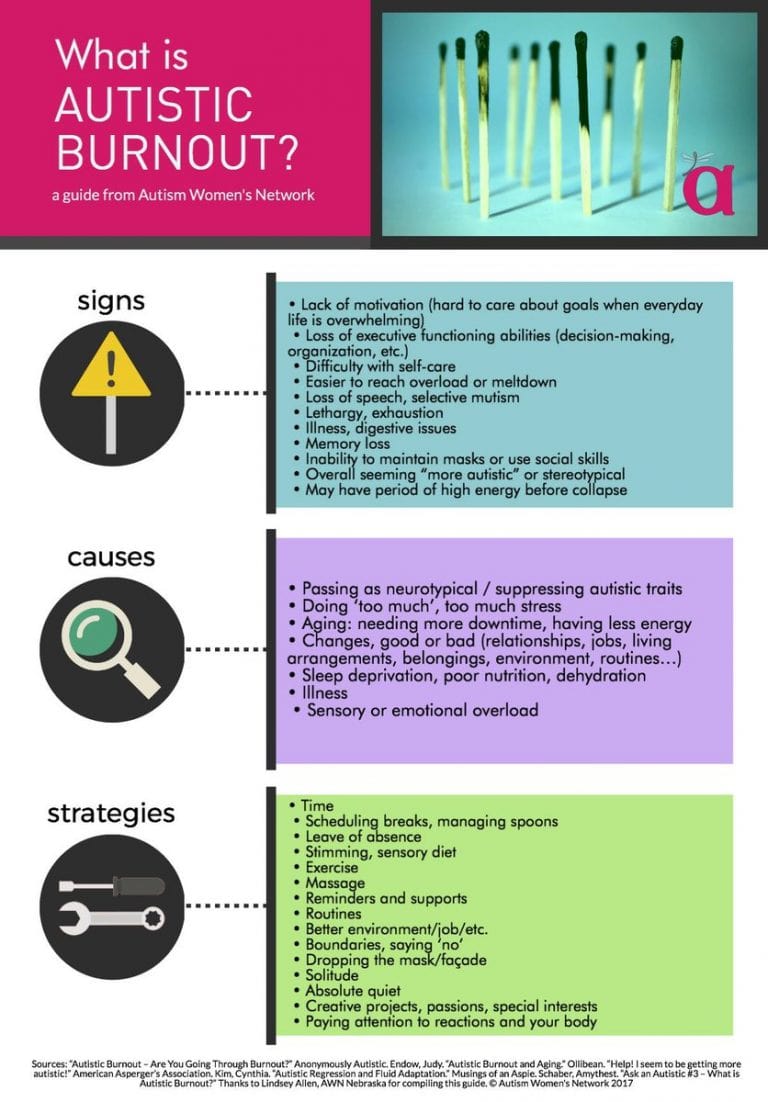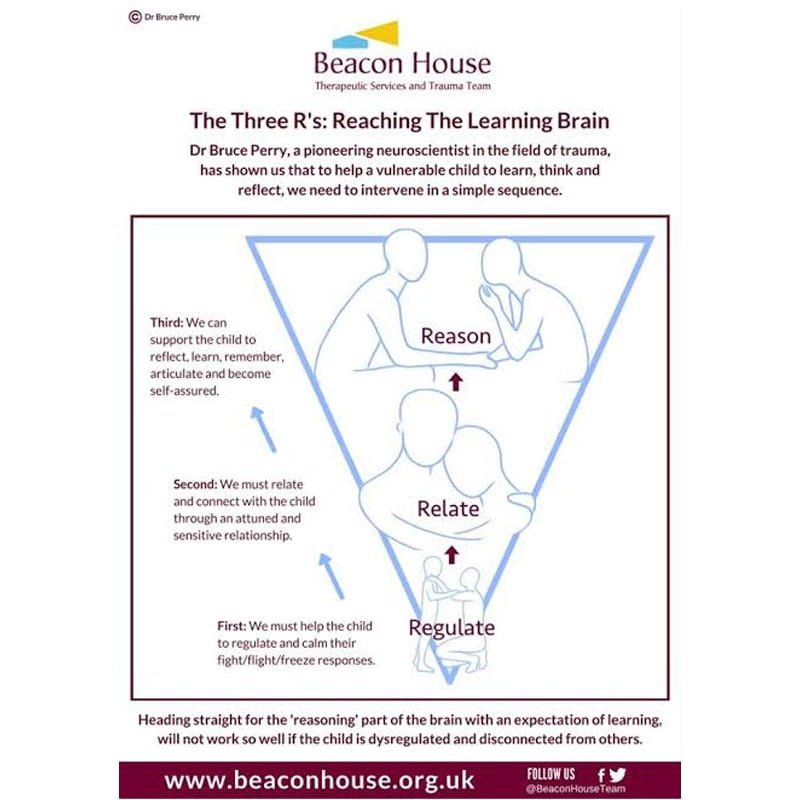De-Escalating Autistic Meltdowns: The GPS Method – Navigating with Emotional Attunement
An Autistic child may experience a meltdown due to sensory overload, “Autistic Burnout,” and/or due to their inability to understand or cope with a situation. An example of each of these precipitating factors will be highlighted below, followed by suggested strategies to deescalate meltdowns.
This short video, produced by the National Autistic Society, simulates an experience of sensory overwhelm, to encourage perspective-taking.
Imagine you are looking down at the problem from a helicopter to reveal a broader picture. During a meltdown, while it may appear in the immediate situation that a child is reacting inflexibly to a request, it is likely an accumulation of experiences (e.g., a transition that was unexpected, numerous situations that the child could not understand because their brain processes things differently, sensory overwhelm, etc.)



If an Autistic child has reached the point of experiencing a meltdown, ignore the task at hand. During a meltdown, the child will be unable to respond appropriately (e.g, reason, reflect, learn) due to a dysregulated brain state. Do not constrain the child unless they are a danger to themselves or others.
In the moment, it is crucial to relate to the child with emotional attunement. Emotional attunement is described as an ability to recognise, understand, and engage with the child’s emotional state and respond with appropriate language (validate the feeling) and behaviours (share a sense of calm and connection).
When you make the wrong turn in your car, the machine doesn’t continue to focus on the wrong turn; rather, it directs you where to go next: “Now, turn left at the next intersection.” In such circumstances, navigate the child toward what to do next by giving them a sense of purpose or utilising a grounding technique (e.g. feed the chickens, take an important note to the principal, help return a book to the library, go for a walk to get a cold drink).
For example, say to the child, “Let’s take a break and go together to feed the chickens.” The child may try and pull you back into discussing the problem; explicitly state in a calm, compassionate tone, “I can see you were feeling (angry, sad, etc.). I know it’s hard, I am here —let’s take a break and go together to feed the chickens.” Physical exercise, in particular, is very effective in reducing physiological symptoms and removes the child from the situation (e.g., skipping to go to do an errand with the child).
When an Autistic child has faced a distressing situation that they could not resolve, repeated exposures without intervention may do more harm than good. You must address the symptoms of Autism Spectrum Disorder. Wait to find more workable options and provide coping skills (e.g., a social story of what is expected) at later date. Change is a process that requires preparation (considering developmental and therapeutic gains) and support (accommodations). The child will likely need intervention before they can feel calm and comfortable to engage in an activity that has led them to feel flooded with an emotion in the past.
Ultimately, we want to reduce the likelihood of meltdowns occurring by empowering Autistic individuals to feel comfortable to ask for the accommodations and support they need.

